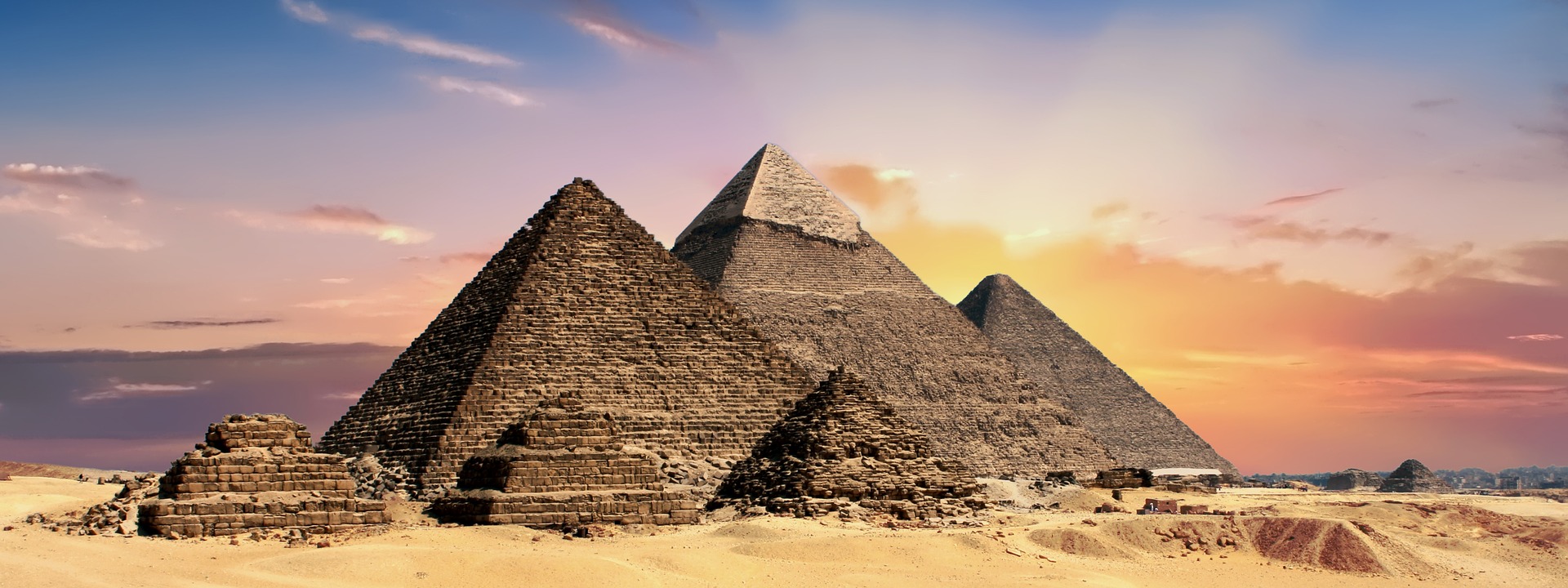Carel de Jager is the lead technical trainer at Blockchain Academy, and wrote an exclusive piece for Global Crypto about the Proof of Work algorithm inspired by his visit to the Great Pyramid of Giza in Egypt!
— – – – – – – – – –
I recently had the privilege of spending 10 days in Egypt to participate in the World Youth Forum. It serves as a platform for young leaders to engage with policymakers on humanitarian issues such as peace, development and creativity. After the conference, I endured a brutal 8 hour bus ride to the bustling city of Cairo to visit the Great Pyramid of Giza.

The pyramid was built by Pharaoh Khufu around 2500 BC and continues to exist as the oldest of the Seven Wonders of the Ancient World. Standing at 146m, it served as the tallest man-made structure for 3800 years. Some of the stone was quarried in Aswan, 934 km South of Cairo. It still baffles scientists how these structures were engineered at a time before the wheel was even discovered.
The pyramids served two purposes: First, as a religious artefact in which the Pharaoh would be preserved and buried for eternity. The second, and more relevant intention was to serve as a testimony of power. Anyone entering the city of Cairo immediately becomes aware of the sheer authority that the leaders of that time had. It is common sense that potentially millions of workers dedicated centuries of labour to the creation of these structures, which serves as a measure of authority, wealth and proof of physical work. It would take a proportionate amount of human labour to break the pyramids down than it took to build and its survival throughout many conflicts may show that no one else but the king had access to such resources.

A pyramid can only be built in one direction: upwards. It starts with a base, on top of which new layers are added. If a stone block (or piece of history) was to be altered, the pyramid layers would have to be broken down, the block replaced and built back up. Historic blocks become more secure as the pyramid rises, and immutability of the pyramid is directly proportional to the energy that was utilised to erect them.
Immutability is defined as the resistance to change. Nothing is or will ever be completely immutable. The pyramids used to be virtually immutable – it took centuries of human labour to build, and would take an equal amount of energy to demolish. It was thus regarded as the most immutable structure known to man at the time. Today, however, the structure could be demolished with advanced technologies in a matter of hours.
If you could imagine that the pyramid construction continued throughout the centuries until today, with the latest technology being used as it became available, the first layers of the pyramid would be immensely secure as they would be protected with layers of energy that includes three industrial revolutions of technological advances.

The Bitcoin blockchain has many of the same attributes of immutability. Whereas the pyramids serve as a monument of physical work, the Bitcoin blockchain serves as a monument of digital work.
A Bitcoin block is mined every 10 minutes on average. Such a digital block can be compared to a stone block in a pyramid. The 10 minute average that it takes to mine a Bitcoin block is maintained by a variable called the “difficulty”, akin to the weight of a stone block inside the pyramids. It is easy to see that the time it takes to add a stone block to a pyramid is proportional to the amount of labour dedicated to the preparation and building of that block. The Bitcoin protocol maintains a constant time of 10 minutes by making it easier or more difficult to process a block, comparable to changing the size or weight of a pyramid block.
The Proof of digital work that forms part of the Bitcoin blockchain serves one purpose only: To create immutability. Energy is literally burned for no other reason, albeit not wasted as it allows for the first and only immutable digital recording of events that the world has ever witnessed. Creating an alternative version of the Bitcoin blockchain (reversing a transaction for instance) would require a proportionate amount of energy that was spent since the block containing that transaction was initially mined*. Therefore, as new blocks are stacked on top of each other on the blockchain, it becomes more and more impractical to alter history.
The Bitcoin blockchain serves a very practical purpose: To protect a record of verifiable truth.
While the Pyramids, the Cathedral of Notre Dame or the temples of Angkor were all dedicated to a certain culture or religion, Bitcoin represents the first declaration of Proof of Work that knows no leadership, culture or geographical borders. This also means that the Bitcoin blockchain has no endpoint, and will probably grow forever. Proof of Work undoubtedly creates eternal immutability.
— – – – – – – – – – – – – –
*Practically, such an attack would still not be viable even if the energy resources would be available to an adversary, but the details are ignored for simplicity.












